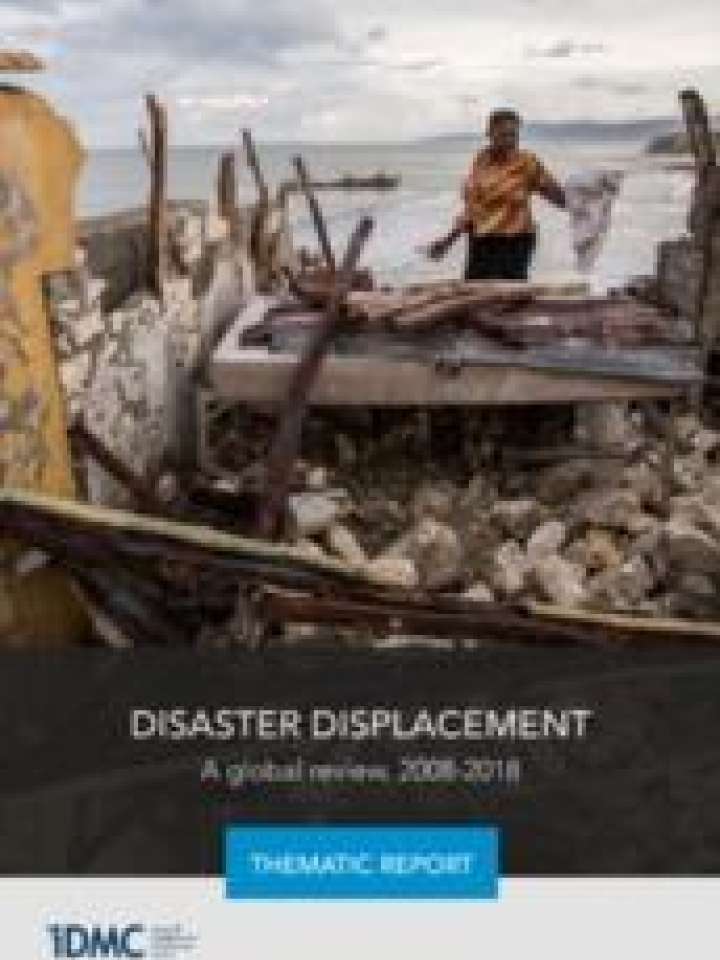Disaster displacement: A global review, 2008-2018
This report is a first attempt to take comprehensive stock of the disaster displacement data that is collected and published at the global level, and it reveals a number of inconsistencies. These include who is defined as displaced and no longer displaced, and which events and phenomena trigger the collection of data – and which do not.
The report examines who collects disaster displacement data, how they do it and for how long, and highlights good practices as well as gaps. It discusses the availability of data about the scale and location of new displacement, its cross-border dimensions, the characteristics of those displaced and data about returns and other processes that would help to understand when displacement ends. It also looks at the data available to assess the risk of future displacement, and what is missing.
The analysis reveals the most important gaps and provides a roadmap and recommendations for future action. It identifies promising new types of data and means of analysis that have the potential to improve the understanding of this global challenge. Filling the gaps would also be an important step toward addressing displacement as part of the efforts to implement the Paris Agreement, and in particular the United Nations Framework Convention on Climate Change (UNFCCC)’s Warsaw International Mechanism on Loss and Damage and the work of its task force on displacement, the Sendai Framework for Disaster Risk Reduction and the Sustainable Development Goals.
The report is structured as follows:
- Chapter 1 presents data on internal displacement associated with disasters. It shows what has been learned globally since monitoring started in 2008.
- Chapter 2 examines what disaster displacement is and why it is important to account for it.
- Chapter 3 covers the main metrics and methods used to assess the phenomenon.
- Chapter 4 introduces the main stakeholders that monitor disaster displacement at the global level.
- Chapter 5 discusses challenges and ways forward and provides recommendations to improve data collection.
Explore further
